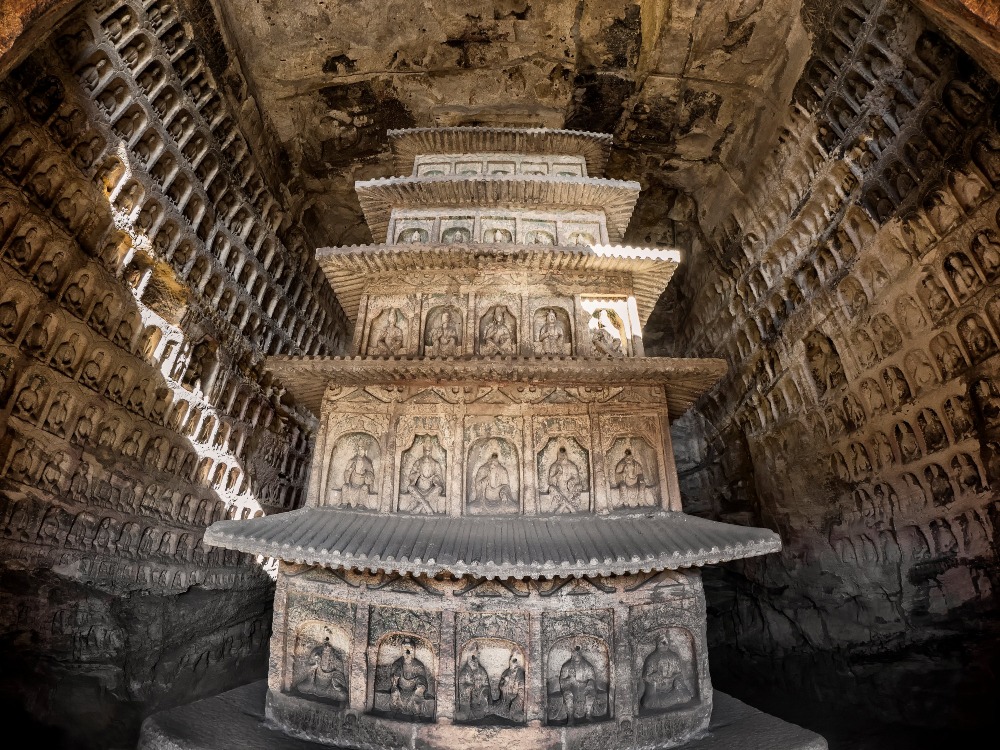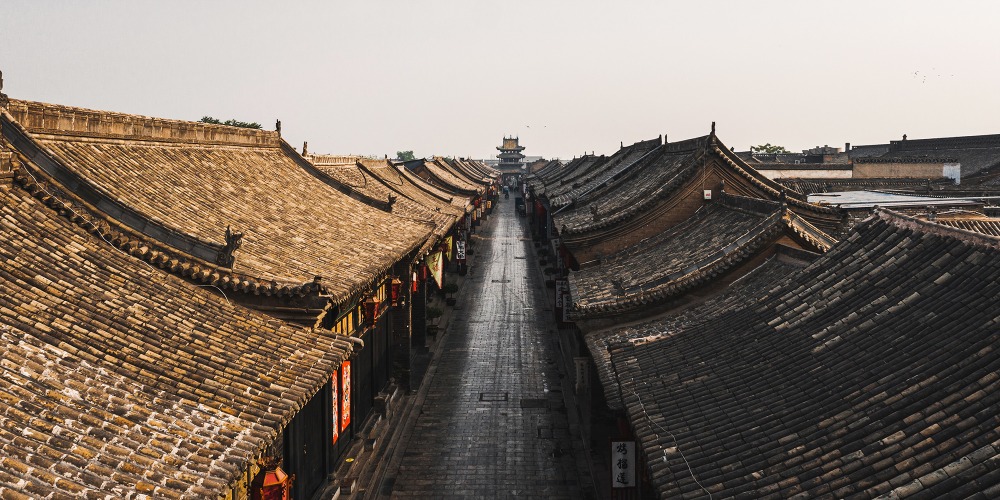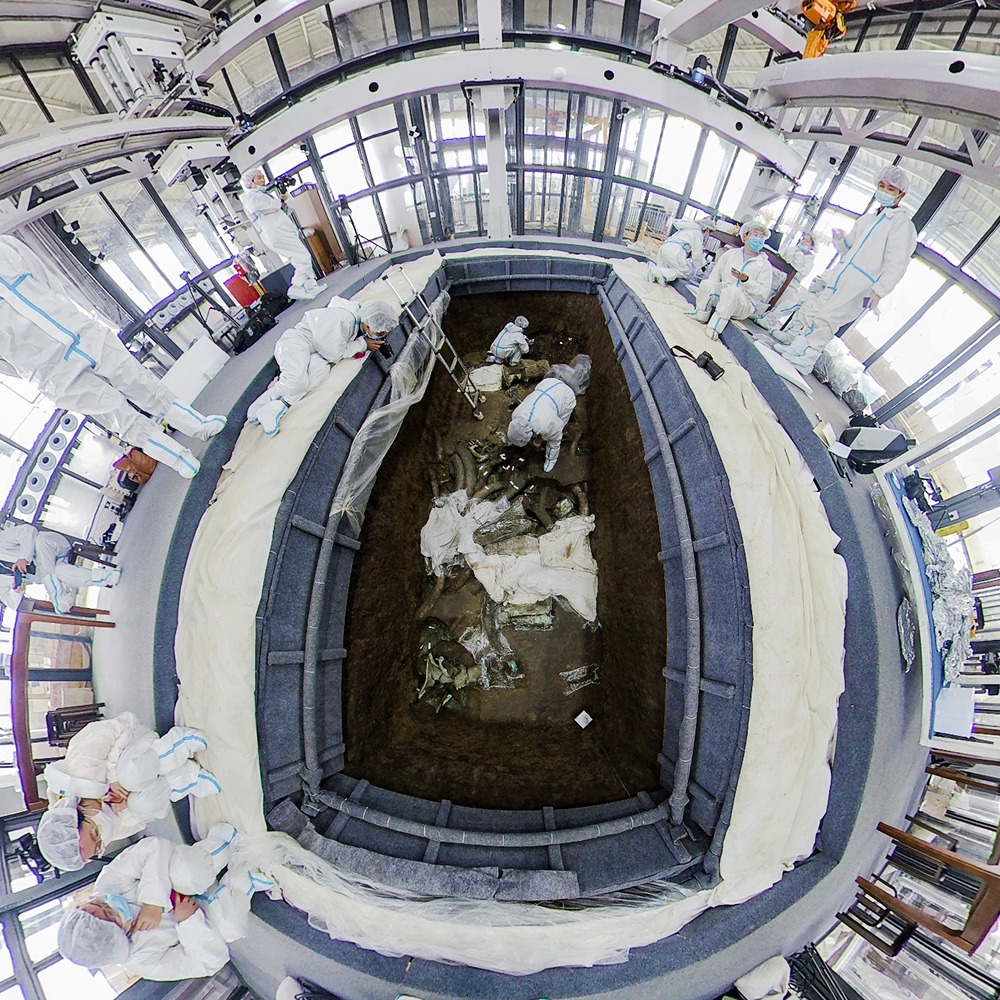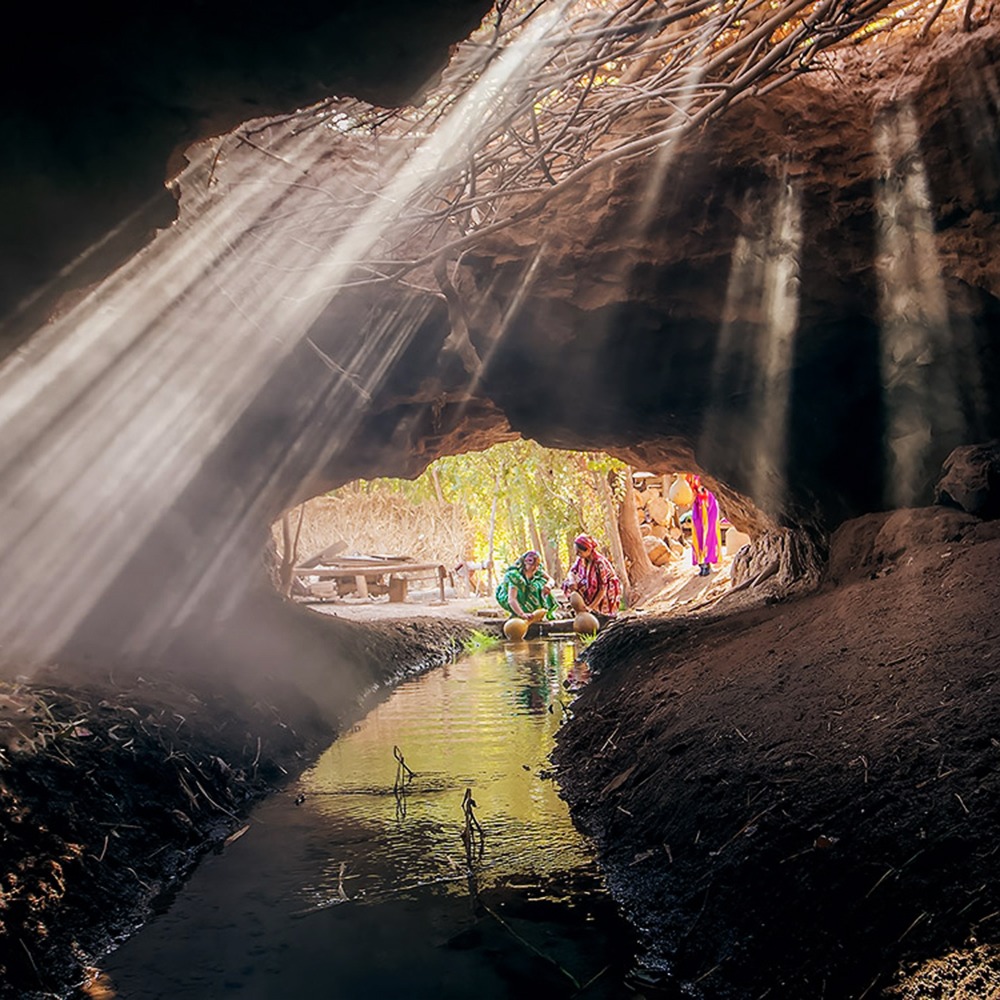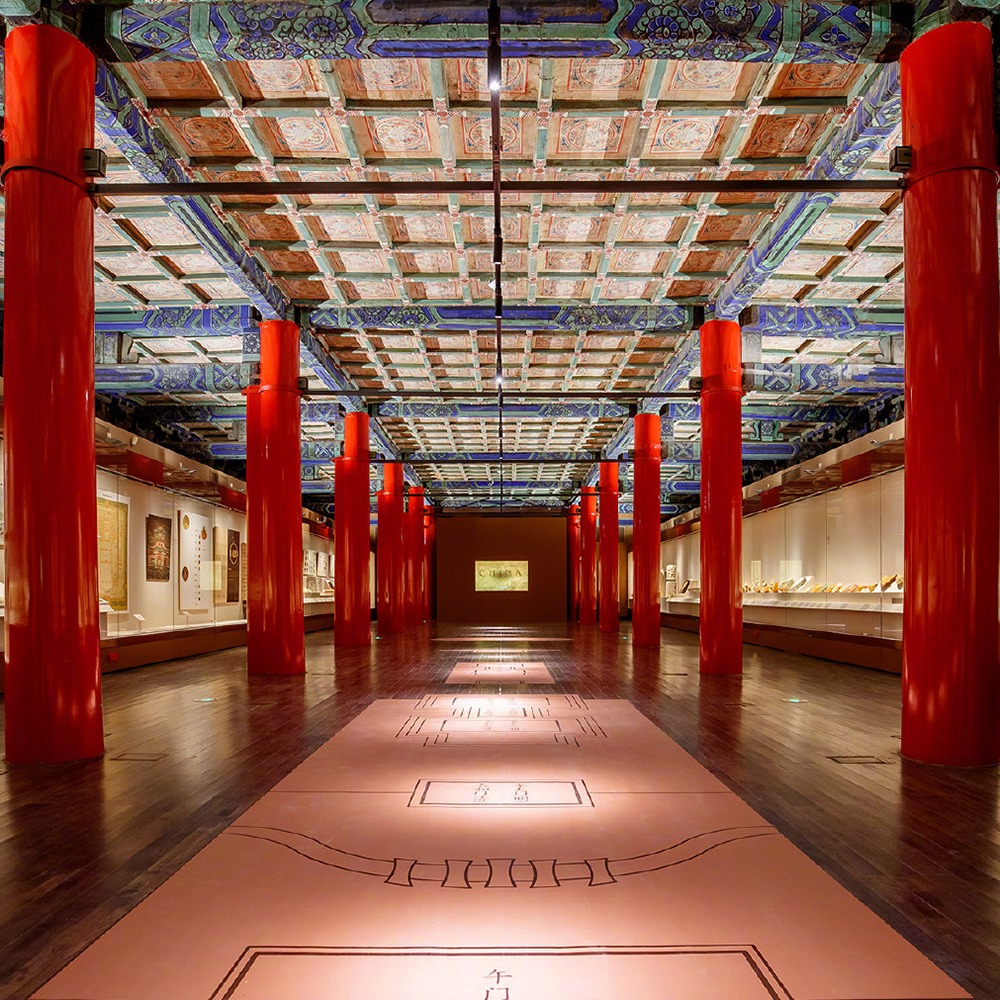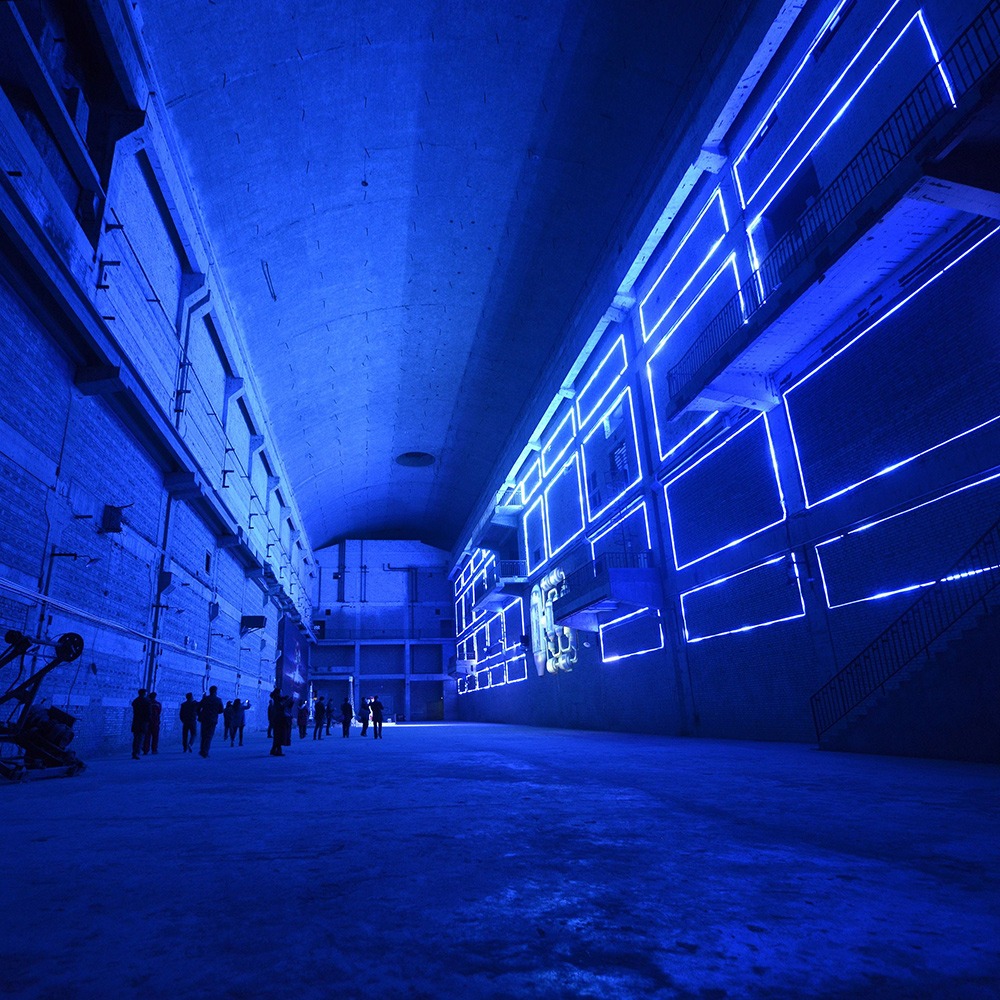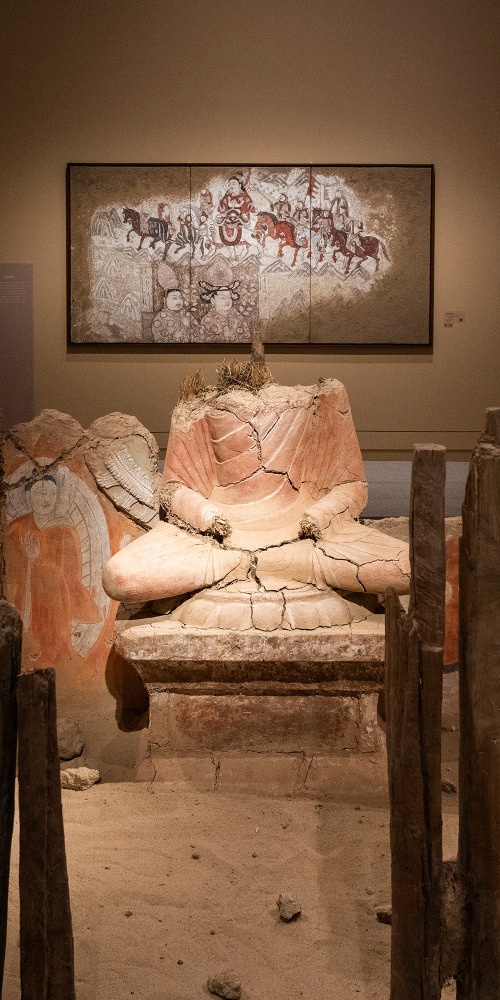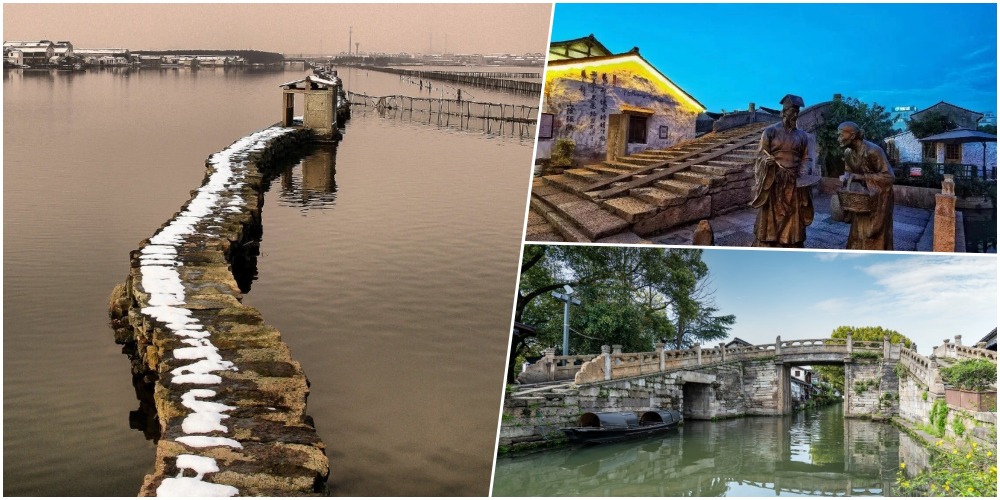Published : 2023-08-25
With a history of 5,000 years, China has countless cultural relics and ancient sites.
As one of the origins of Chinese civilisation, Shanxi Province currently has more than 28,000 ancient buildings and more than 53,000 immovable cultural heritage items, making it probably the place with the largest number of existing ancient buildings in China.
The oldest wooden pagoda, the most complete glazed ancient pagoda, and the most famous Hanging Temple are all located in Shanxi.
Shanxi has over 28,000 existing ancient buildings
Shanxi has a long history and it's believed to be the place where ancient emperors Yao, Shun, and Yu established their capitals, leaving a wealth of historical and cultural heritage, especially a variety of ancient buildings.
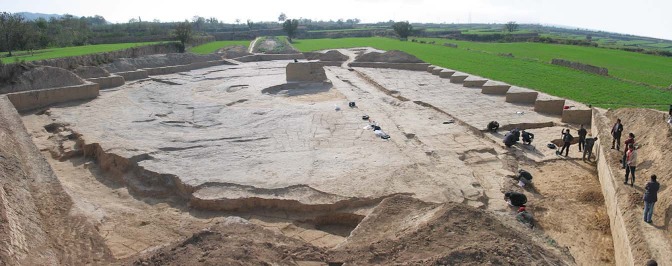
According to a national survey in 2011, there are more than 53,000 immovable cultural heritage items and 28,000 ancient buildings in Shanxi, making it the province with the largest number of various ancient buildings in China.
Among them, there are 531 places in Shanxi recognised as relic sites on the national list of protection, ranking first nationwide since 1996, of which more than 410 are ancient buildings.
Pingyao Ancient City (平遙古城), Mount Wutai (五台山) and Yungang Grottoes (雲岡石窟) in Shanxi have been listed as UNESCO World Cultural Heritage Sites.
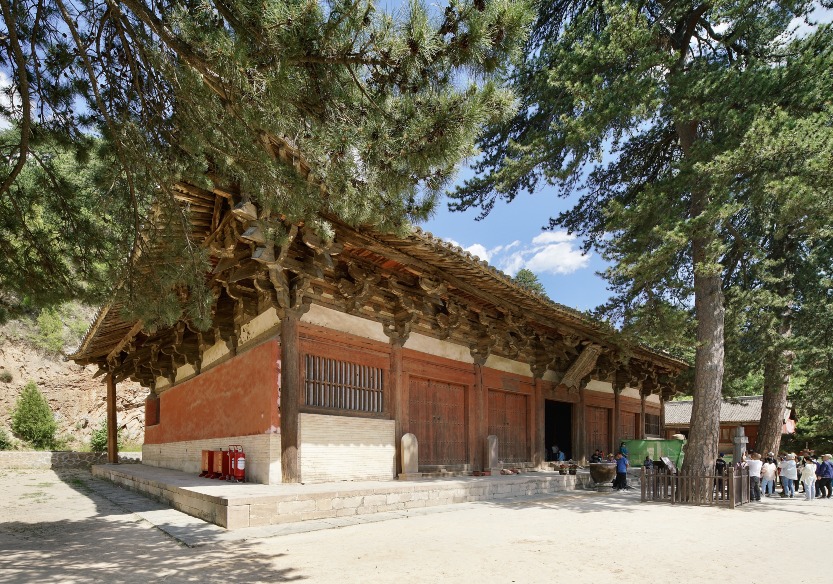
Ancient buildings in Shanxi date from the Tang Dynasty (618-907) to the Republic of China.
Through them, one can trace the evolution of Chinese wooden architecture over the past 1,000 years, hence Shanxi is often praised as the "Museum of Ancient Chinese Architectural Art".
How many "China's Best" ancient buildings in Shanxi?
80% of the existing wooden architectures from the Yuan Dynasty and before are in Shanxi.
There are only four preserved wooden structures built in Tang Dynasty left in China, and Shanxi has all of them: the Grand Eastern Hall in Foguang Temple and the Hall of Nanchan Temple in the Wutai region, the Hall of Tiantai Temple in Pingshun, and the Main Hall of Guangren Temple in Ruicheng.
Not only are there a large number of ancient buildings in Shanxi, but many of them are also hailed as "China's best."
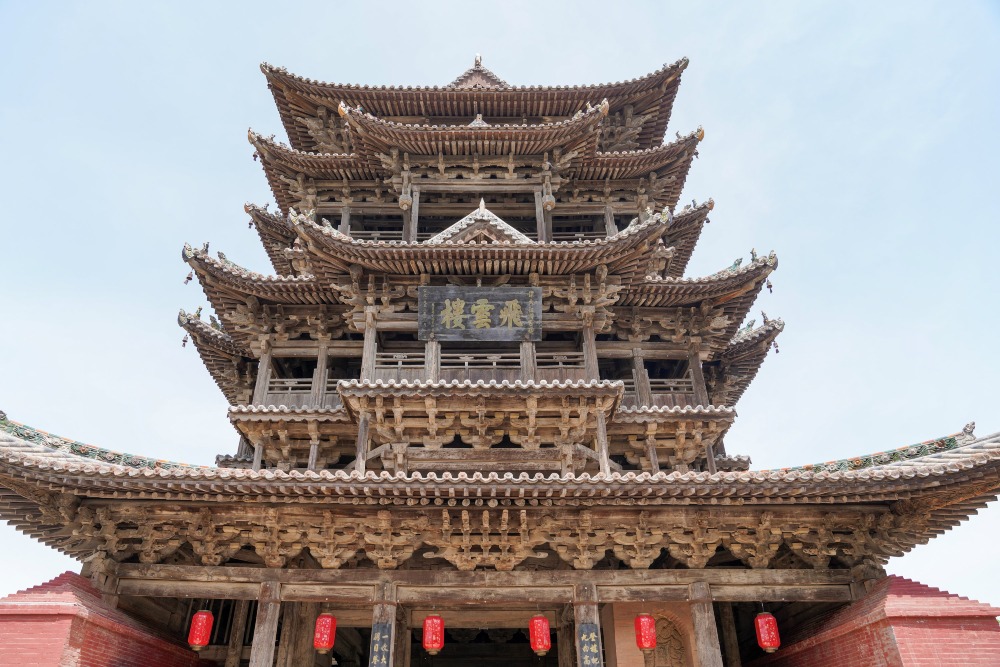
The Yellow River Pujin Ferry Site in Yongji City, Shanxi Province, is one of the largest bridge projects in Tang Dynasty.
The Tiangong Louge of Huayan Temple in Datong, Shanxi, is the only remaining Liao Dynasty wooden structure model in China.
The Feiyun Tower, located in the Dongyue Temple in Wanrong County, Shanxi, is reputed as the "No.1 Wooden Tower in China".
The Feihong Tower in Hongdong County, Shanxi, is the most intact ancient glazed pagoda in China, decorated with yellow, green and blue glazes, which was originally built in the Han Dynasty and later rebuilt in the Ming Dynasty.
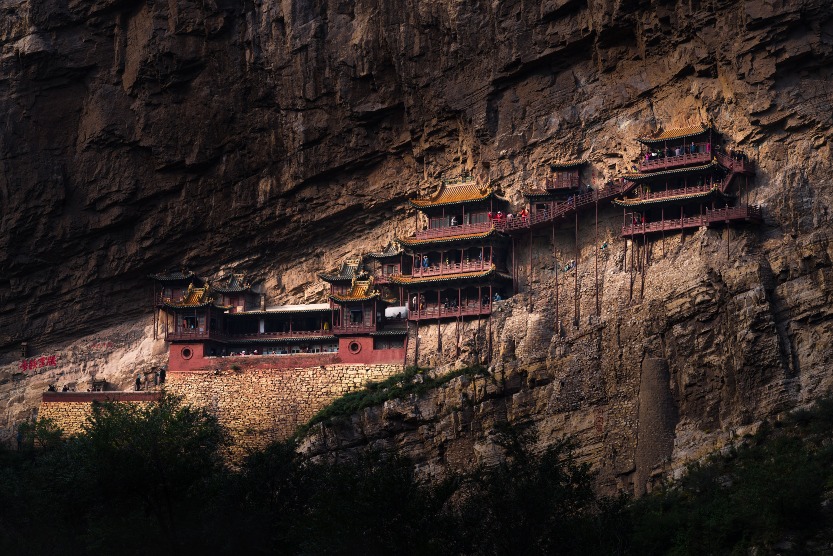
The Hanging Temple at Mount Heng in Datong, Shanxi Province, is one of the most famous hanging temples in China.
It was first established during the Northern Wei Dynasty, and the existing constructions were rebuilt during the Ming and Qing Dynasties.
Over forty rooms are supported by dozens of wooden pillars, built on the cliff side of the middle of the mountain, which is practically breath-taking.
Read more: Mystery of the thousand-year Hanging Temple of Mount Heng
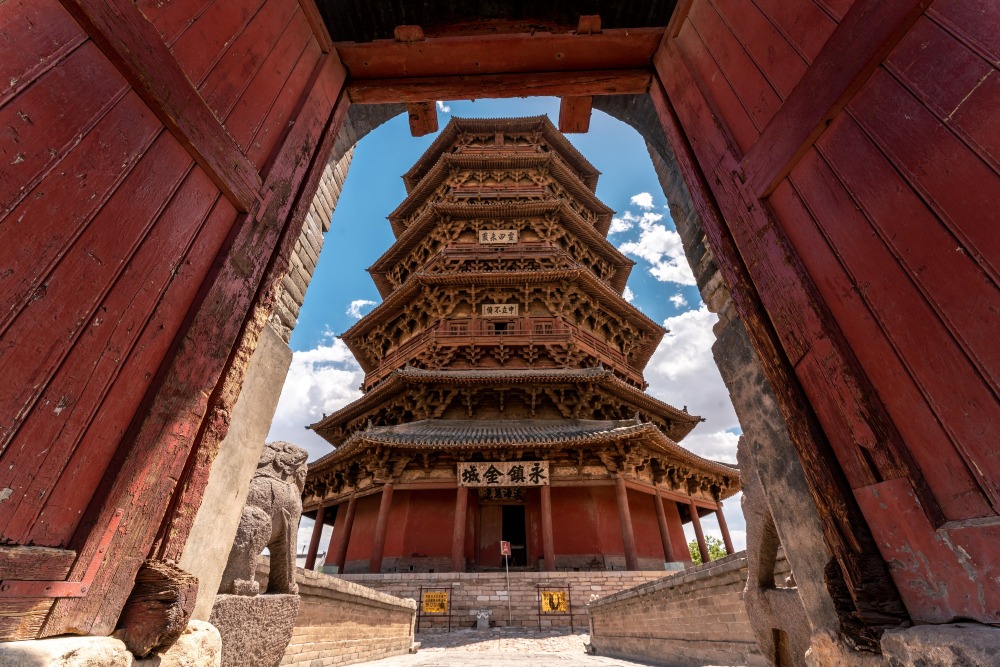
The Yingxian Wooden Pagoda in Shanxi is the oldest and tallest existing wooden Pagoda in the world, with a history of over 900 years. It is more than 67 meters high and is octagon-shaped.
More than 300 years after its construction, during the Yuan Dynasty, the pagoda is said to have survived a 7-day earthquake, which was a miracle.
Contemporary Chinese architect Liang Sicheng once exclaimed that the pagoda was a "unique and great masterpiece."
Heritage preservation in Shanxi: New ways of "adoption"
Why are so many ancient buildings preserved in Shanxi?
The main reason is that the geographic isolation of Shanxi is less affected by war and the dry climate is beneficial to the preservation of ancient buildings.
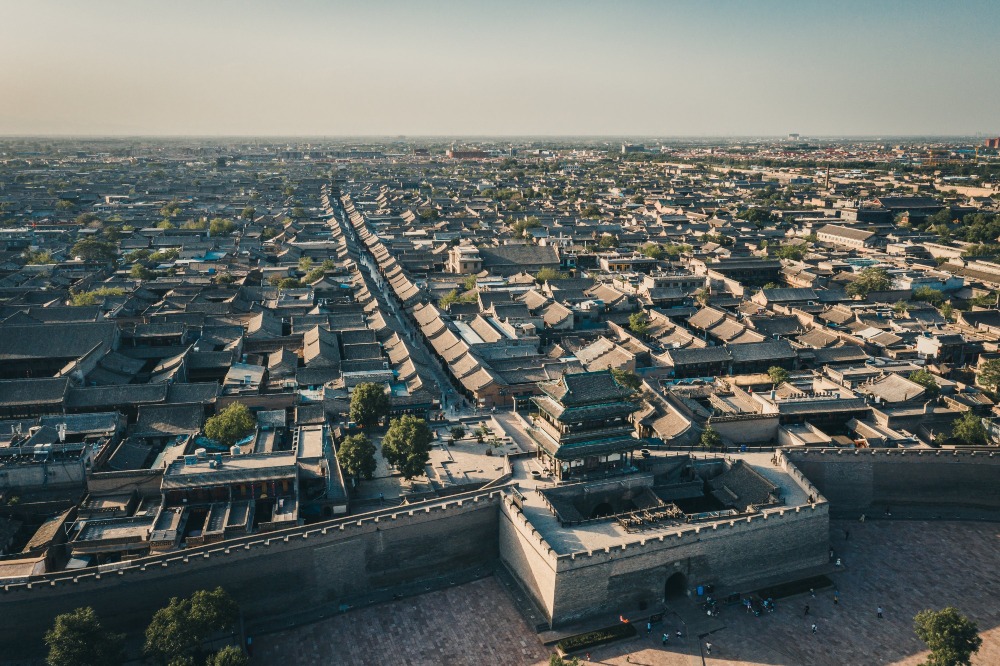
The Shanxi Provincial Government has also attached great importance to the protection of ancient buildings in recent years.
In 2017, it launched the "Civilisation Watch Project," an initiative to engage social forces in the protection and utilisation of cultural relics.
By 2021, 238 cultural relics had been "adopted," attracting 300 million yuan in social funding.
In 2020, Shanxi Province issued a plan, aiming to fundamentally build a cultural relic protection and utilisation heritage system by 2025 and significantly improve the safety situation of cultural relics.
